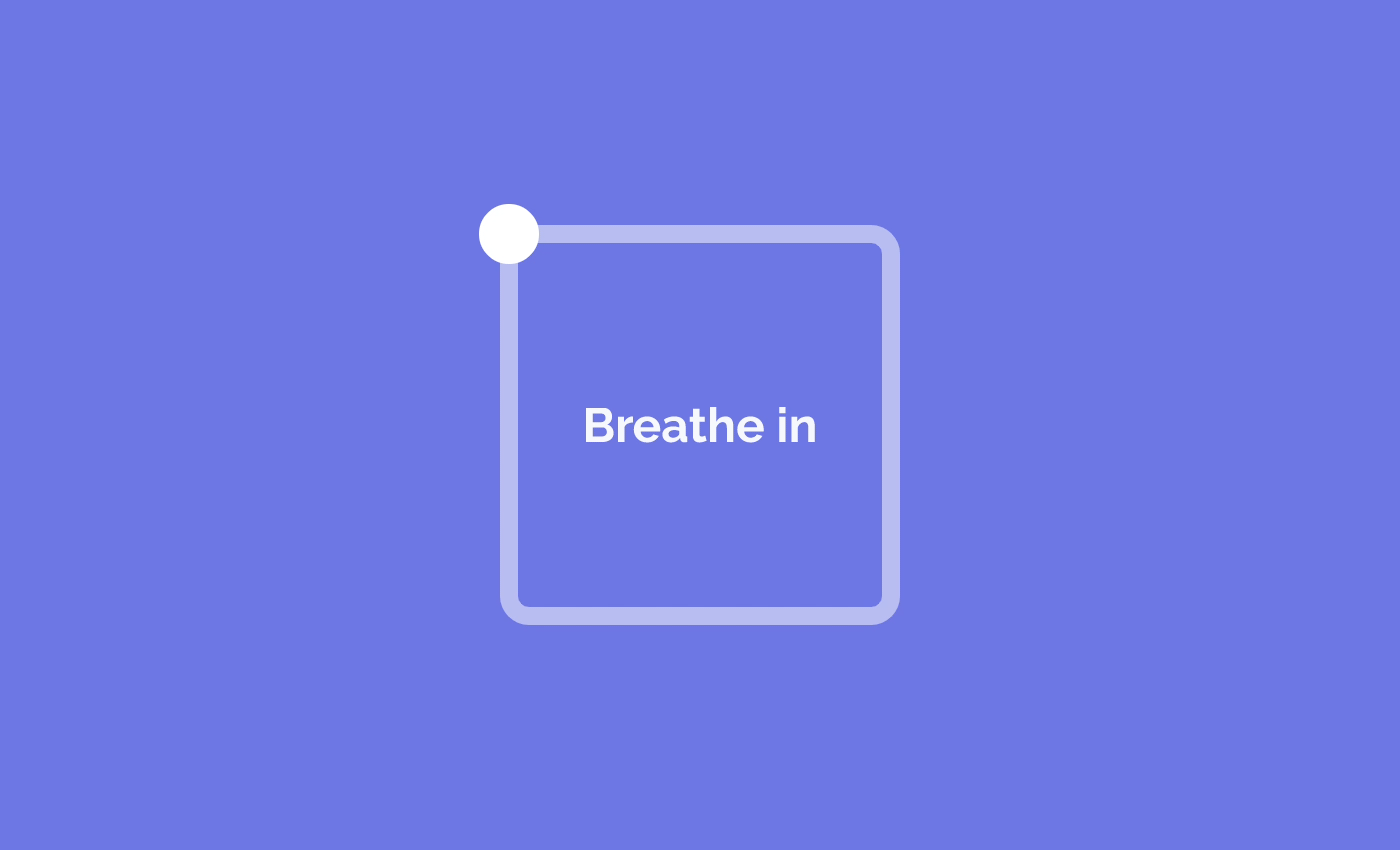Breathing: The Simple, Powerful Tool You’re Overlooking
Breathwork, Emotional-Wellness, Health, Mental-Health, Mindfulness, Self-Care, The-Trauma-Compass, Trauma-Recovery, Useful-Tools
Disclaimer: This post is part of a series leading up to the official introduction of The Trauma Compass. Think of it as a sneak peek into the tools and insights we’ll explore together on this blog. Stay tuned for the full introduction soon!
Why Breathing Isn’t Just a Wellness Trend
When I first started my recovery journey, I needed everything explained. I wasn’t the type of person who could accept what someone said and move on. When someone told me to “just breathe,” I rolled my eyes and thought, “Ugh, this is just some wellness trend, and no one’s telling me what that means.”
Here’s the thing about breathing—it’s the only life-sustaining force in our body that we can actually control. Think about it: we can’t consciously lower our blood pressure, make our heart rate slow down by just asking, or decide that our digestion should speed up after a heavy meal (though wouldn’t that be nice?). But breathing? That’s something we can change, and it happens to influence all those other systems we can’t directly control.
As we’ll discuss in the post about the Polyvagal Theory, your breath is like the remote control for your nervous system. It can help calm your body, slow your racing thoughts, and even make that overwhelming sense of panic feel just a little less intense. While I was a skeptic at first, learning how to use my breath was one of the simplest and most effective tools in my recovery toolbox.
Finding the Right Breath for You
Not all breathing techniques work for everyone, and that’s okay. I personally can’t stand breathwork styles that involve long holds—thank you, asthma. This blog isn’t for me though, it’s for you. So, if you try one technique and it doesn’t feel right, don’t sweat it. You can always revisit it later or explore other options. Recovery is about finding what works for you.
Here are three simple breathing techniques to try:
1. Square Breathing
Great for managing stress.
Inhale for a count of 4.
Hold your breath for a count of 4.
Exhale for a count of 4.
Hold again for a count of 4.
(Repeat this cycle for a minute or two. Imagine drawing a square in your mind as you breathe!)
2. 4-7-8 Breathing
Perfect for when you’re trying to fall asleep.
Inhale for a count of 4.
Hold your breath for a count of 7.
Exhale slowly for a count of 8.
(Repeat this a few times. It slows everything down, signaling to your body that it’s time to relax.)
3. “Deep” Breathing
Ideal for moments of panic.
Exhale all the air from your lungs for a count of 4.
Inhale deeply for a count of 4.
Repeat this cycle 3 times.
(You should feel a slight discomfort at the peak of each inhale. This “reset” helps disrupt the rapid, shallow breathing that often comes with panic.)
Remember, It’s a Process
If a technique doesn’t click with you right away. You might need to experiment with a few styles before finding the one that feels right. And if something doesn’t work for you, that’s okay, too—forcing it won’t help. The key is to keep an open mind and recognize that your breath is a tool, not a one-size-fits-all solution.
So, take a deep breath (or three), and know you’re doing something powerful for your mind and body. Even if it feels small, it’s a step forward—and sometimes, that’s all we need.



